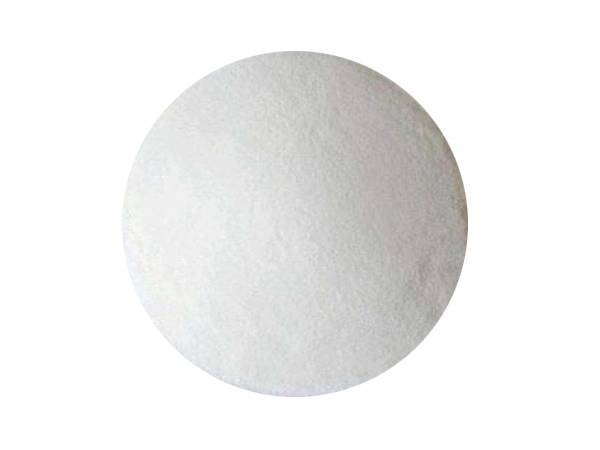



Lead Nitrate Hazard Information and Safety Guidelines for Handling and Storage
Lead Nitrate Safety Data Sheet An Overview of Key Safety Information
Lead nitrate is an inorganic compound with the chemical formula Pb(NO3)2. It is a colorless, crystalline substance that has various applications in industries, particularly in the manufacture of fireworks, as a laboratory reagent, and in the production of certain types of glass. However, due to the potential health hazards associated with lead and its compounds, understanding the safety data sheet (SDS) for lead nitrate is crucial for anyone handling this chemical.
Physical and Chemical Properties
Lead nitrate appears as colorless or white crystals that are odorless. It has a high solubility in water, which can make it more hazardous in the event of a spill or leak as it can easily contaminate water sources. The chemical stability of lead nitrate is relatively good under normal conditions; however, it can decompose when heated, releasing toxic nitrogen oxides and lead fumes.
Hazards Identification
The potential hazards associated with lead nitrate primarily stem from its lead content. Lead is a heavy metal known for its toxicological effects on human health and the environment. According to the SDS, lead nitrate is classified as harmful if swallowed, inhaled, or if absorbed through the skin. It can cause serious health effects, including damage to the nervous system, kidneys, and reproductive system. Acute exposure may result in symptoms such as nausea, vomiting, abdominal pain, and muscle weakness, while chronic exposure can lead to more severe consequences, including cognitive impairment and developmental issues, particularly in children.
Exposure Controls and Personal Protection
When handling lead nitrate, it is crucial to implement appropriate exposure controls to minimize the risk of harm. The SDS recommends using personal protective equipment (PPE), including gloves, goggles, and respiratory protection, especially in situations where the potential for dust generation is high. Proper ventilation is also critical when working with this compound to reduce inhalation risks.
lead nitrate safety data sheet

In cases where lead nitrate dust is generated, local exhaust ventilation systems should be in place. It is vital to observe good personal hygiene practices, such as washing hands thoroughly after handling the chemical and avoiding eating, drinking, or smoking in areas where lead nitrate is present.
First Aid Measures
In the event of exposure to lead nitrate, immediate first aid measures are necessary. If inhaled, the affected individual should be moved to an area with fresh air to alleviate respiratory distress. If skin contact occurs, the affected area should be washed with plenty of soap and water. In the case of eye contact, it is critical to rinse the eyes for at least 15 minutes and seek medical attention promptly. If ingestion occurs, a medical professional should be contacted immediately as induced vomiting should not be performed unless directed by a physician.
Environmental Considerations
Lead nitrate poses a significant risk to the environment. It is toxic to aquatic life and can accumulate in the ecosystem, leading to long-term ecological damage. Consequently, spills should be managed strictly, with proper containment measures in place to prevent leaching into soil and waterways. Disposal of lead nitrate must adhere to local, state, and federal regulations to ensure environmental safety.
Conclusion
In conclusion, while lead nitrate is valuable in various industrial applications, it is essential to recognize and mitigate its potential hazards. Familiarity with the safety data sheet is crucial for anyone who handles this compound, as it provides important information regarding its physical and chemical properties, health hazards, exposure controls, and emergency measures. Responsible management and adherence to safety protocols are vital to protect human health and the environment from the risks associated with lead nitrate.
-
Why Sodium Persulfate Is Everywhere NowNewsJul.07,2025
-
Why Polyacrylamide Is in High DemandNewsJul.07,2025
-
Understanding Paint Chemicals and Their ApplicationsNewsJul.07,2025
-
Smart Use Of Mining ChemicalsNewsJul.07,2025
-
Practical Uses of Potassium MonopersulfateNewsJul.07,2025
-
Agrochemicals In Real FarmingNewsJul.07,2025
-
Sodium Chlorite Hot UsesNewsJul.01,2025










